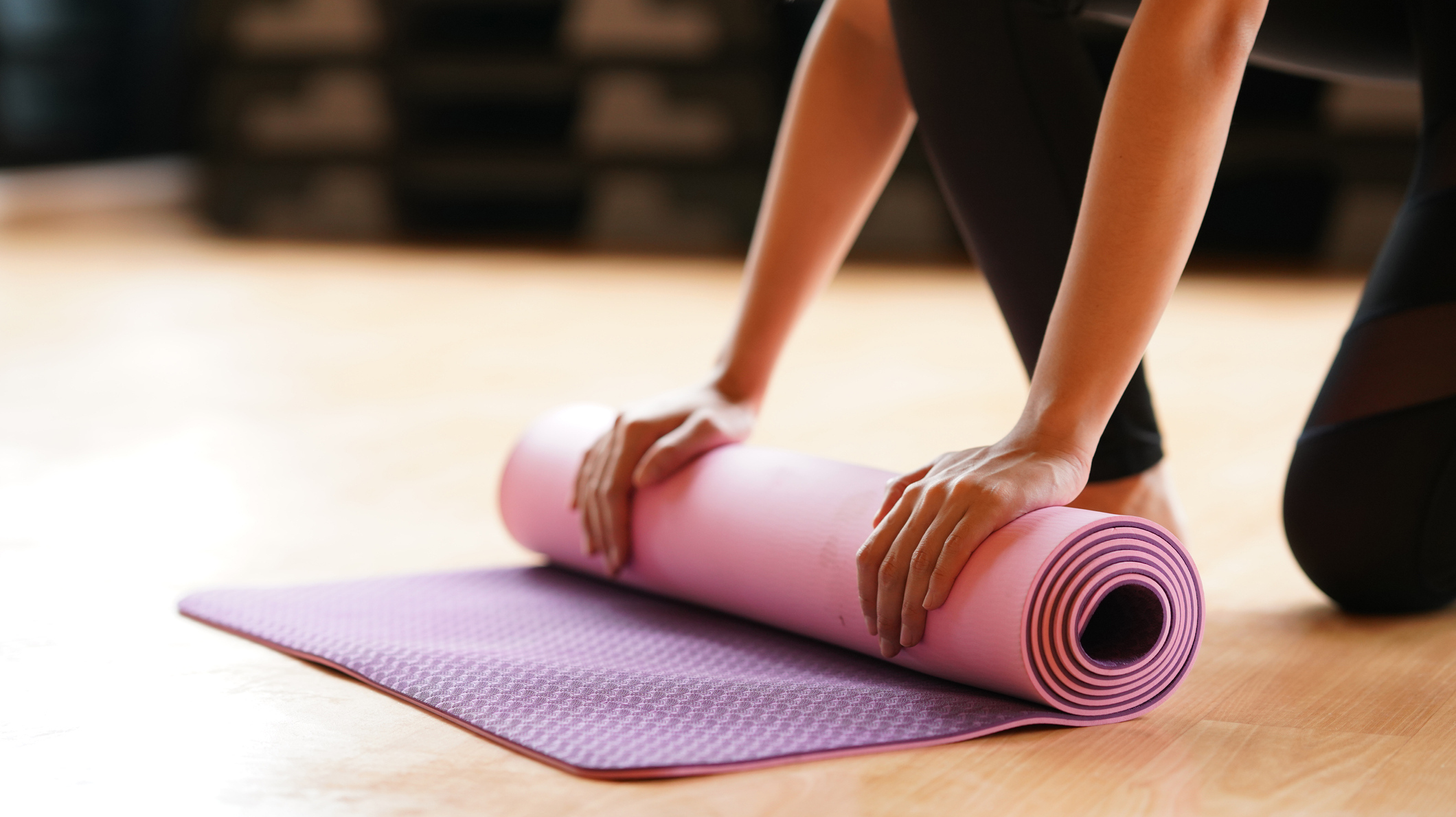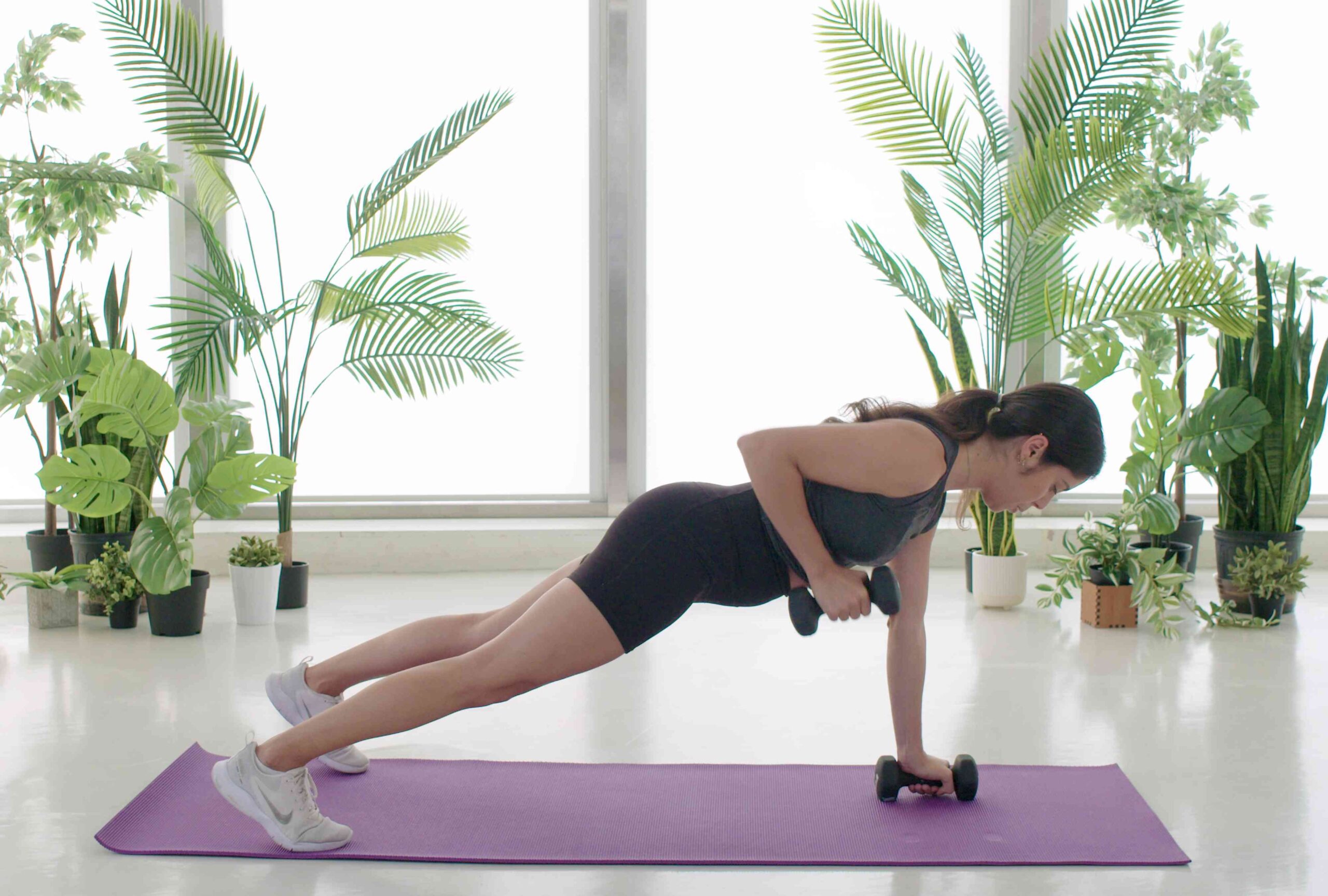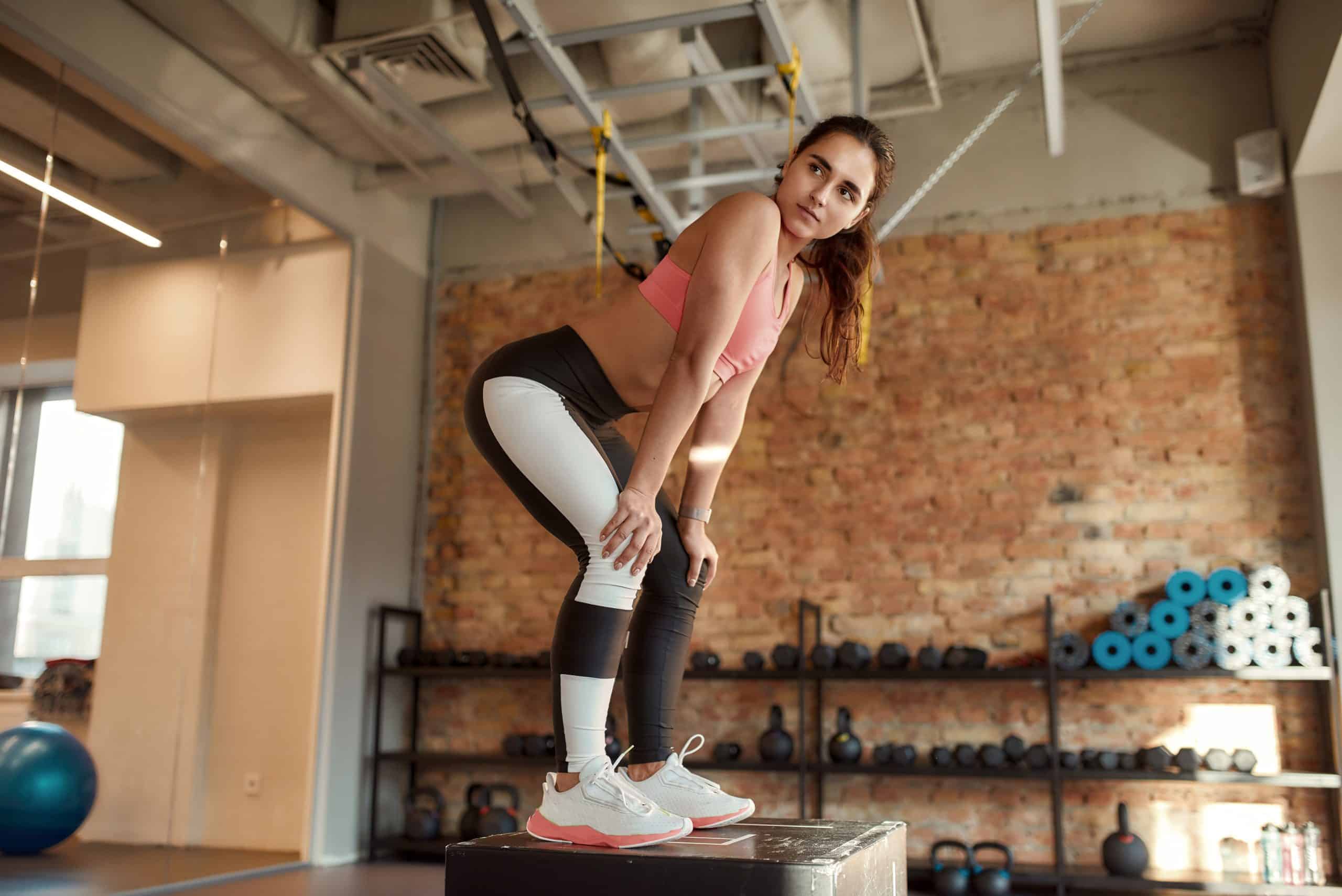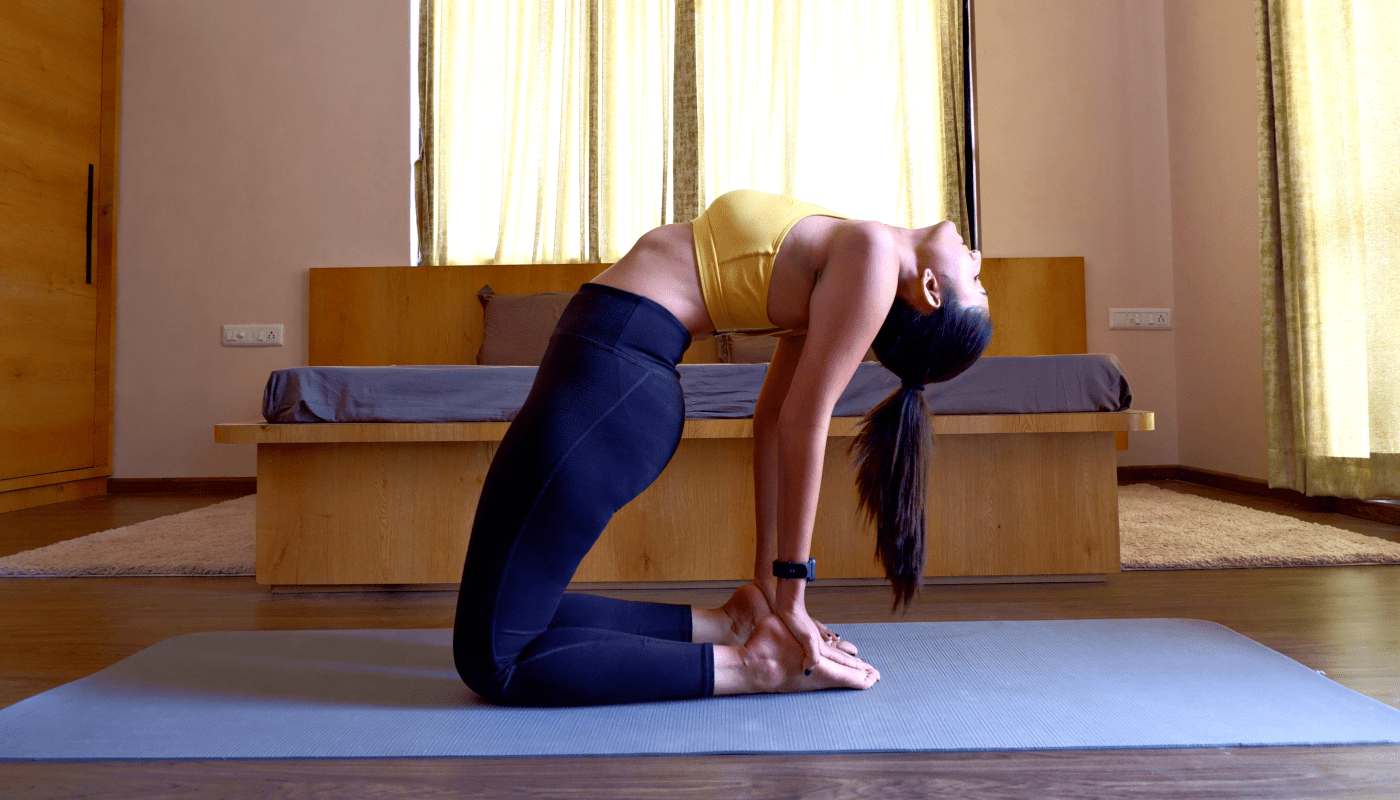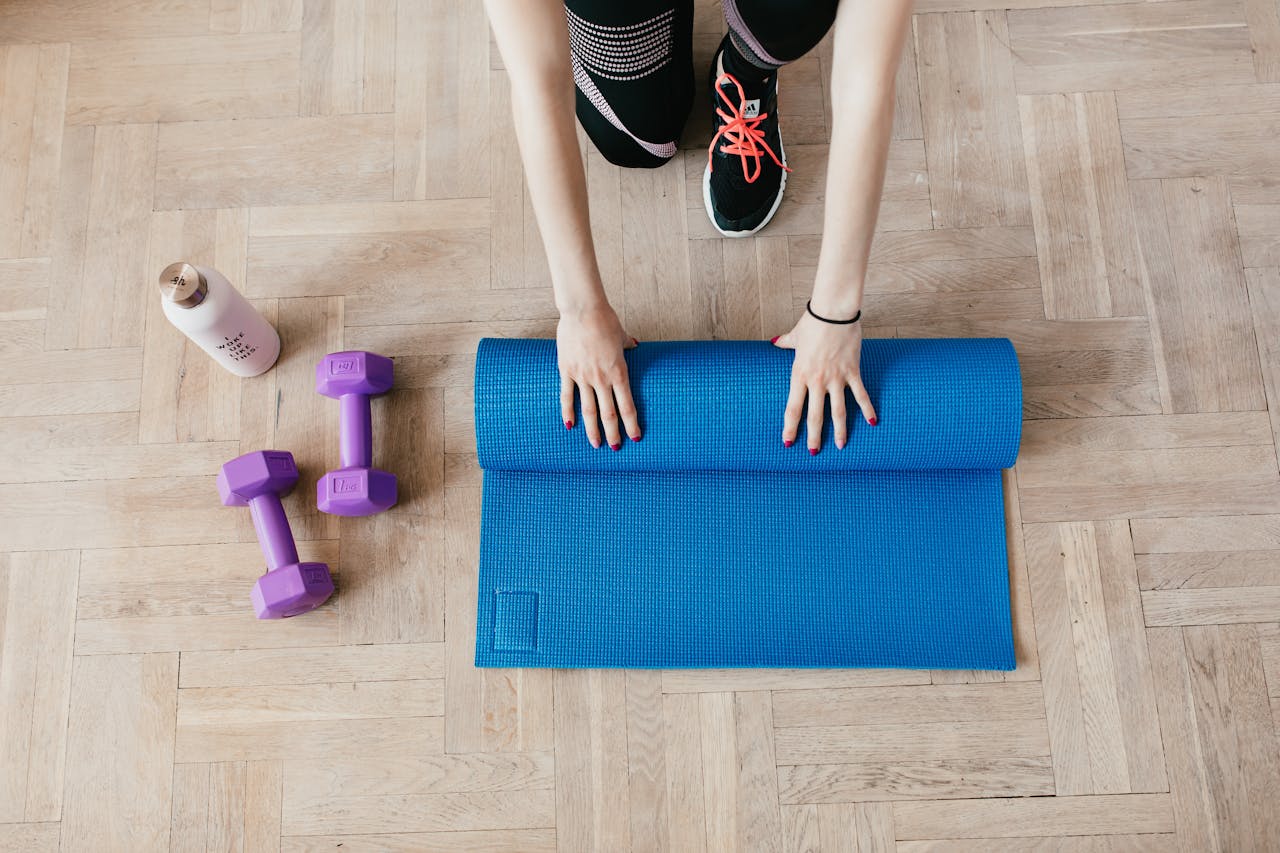Finding the right yoga mat can greatly enhance your practice. A good yoga mat offers comfort, support, and durability, making it an essential tool for both beginners and experienced yogis. With so many options available, it’s important to know what to look for to find the one that meets your needs.
Yoga mats come in a variety of materials, thicknesses, and designs. Understanding the different types can help you choose one that suits your style and the types of yoga you practice. From natural rubber to synthetic options, each material offers unique benefits.
Caring for your yoga mat is also vital for its longevity. Regular maintenance ensures your mat remains clean and functional, allowing you to focus on your practice without distractions. Whether you’re shopping for your first mat or looking to upgrade, knowing what features matter most will empower you to make an informed choice.
Key Takeaways
- Choose a yoga mat that provides comfort and support based on your needs.
- Different materials and thicknesses affect your practice and performance.
- Proper care extends the life of your yoga mat and enhances your experience.
Types and Materials of Yoga Mats
When choosing a yoga mat, it’s important to understand the different types and materials available. Each option has its own unique features, benefits, and drawbacks to consider.
Natural Rubber Mats
Natural rubber mats are popular for their excellent grip and cushioning. Made from the sap of rubber trees, these mats are eco-friendly and biodegradable. They provide a natural feel underfoot, which many yogis appreciate.
Durability is a key feature of natural rubber. These mats can withstand regular use without wearing down quickly. However, they do require care to maintain their quality. Natural rubber mats are often latex-free, making them a good option for those with latex allergies. They may also have a distinct smell when first purchased, which typically fades over time.
PVC Mats
PVC (polyvinyl chloride) mats are widely used due to their affordability and availability. These mats are durable and come in various thicknesses, often providing good cushioning for your practice.
One downside of PVC mats is that they are not biodegradable, which can be a concern for environmentally conscious buyers. They may also contain harmful chemicals, so it’s important to choose brands that are phthalate-free. PVC mats are lightweight and easy to clean, making them ideal for those who travel often.
Cork Mats
Cork mats are a unique option that combines a natural cork surface with a rubber or TPE backing. The cork surface provides a good grip, especially when you sweat, which can enhance stability in poses.
Cork is a renewable resource, making it an excellent choice for eco-minded yogis. These mats are also naturally antibacterial, which helps keep them clean. However, cork mats might be less cushioned than rubber or PVC mats. If you prefer a firm surface, a cork mat can be a good fit.
Travel Mats
Travel mats are designed for on-the-go yogis. They are typically lightweight and thinner than standard mats, making them easy to carry. Most travel mats are made from materials like TPE or lightweight PVC, ensuring portability without sacrificing too much comfort.
Due to their thinner design, travel mats may not provide as much cushioning as regular mats. They are perfect for people who want a mat that can easily fit into a suitcase or backpack. You can find various colors and designs, allowing you to express your style while practicing away from home.
Choosing the right mat involves considering your practice style, portability needs, and eco-consciousness. Each type offers distinct advantages to help you find the perfect fit for your yoga journey.
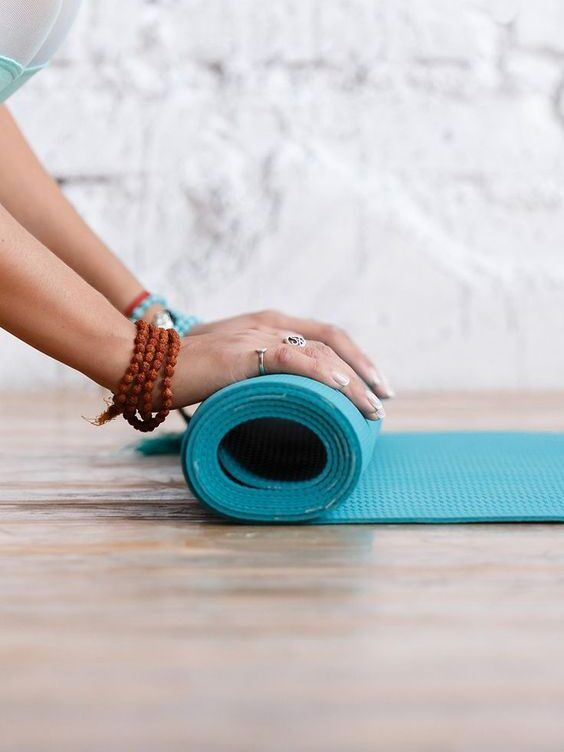
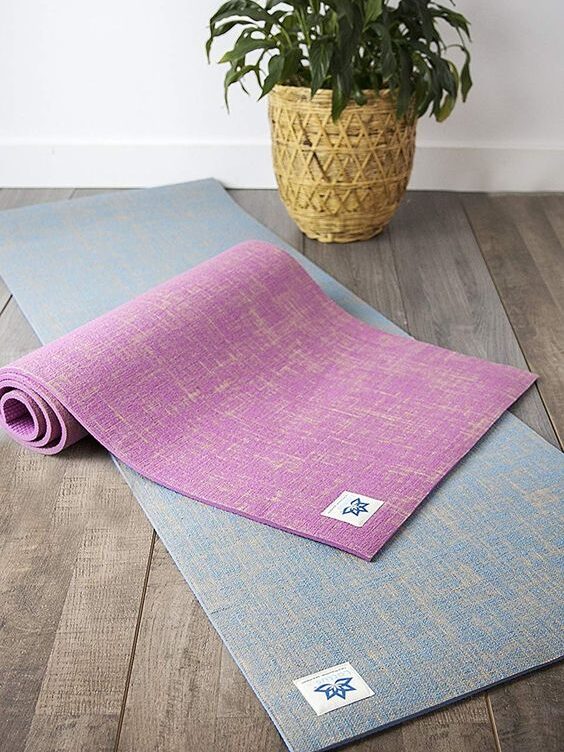
Key Features to Consider
When selecting a yoga mat, focus on essential qualities that affect your practice. The right features can enhance your comfort, stability, and overall experience. Here are the key aspects to consider:
Grip and Traction
A good yoga mat should provide excellent grip and traction to prevent slipping. Look for mats made from materials like natural rubber, which offers a strong hold.
Some mats even have special textures that help increase grip. This feature is crucial during challenging poses where stability is essential. A grippy mat reduces the risk of injury and allows you to focus better on your practice.
Keep in mind that environmental factors, such as sweat or moisture, can affect grip. Therefore, choosing a mat with moisture-wicking properties can be beneficial.
Cushioning and Comfort
Cushioning impacts your comfort considerably during yoga sessions. A mat with the right thickness can provide the support you need for your joints, especially during floor poses.
Standard mat thickness ranges from 1/8 inch to 1/4 inch. Thicker mats offer more cushioning but may also reduce stability, so find a balance based on your practice type.
If you experience wrist or knee discomfort, thicker mats are advisable. Look for mats labeled as “extra cushioned” if comfort is your primary concern.
Size and Thickness
Yoga mats come in various sizes, typically 68 to 72 inches long and 24 inches wide. Your height and preferred poses will influence the right size for you.
Thickness affects how much cushioning and stability a mat provides. Standard mats are about 1/8 inch thick, while extra-thick options can reach 1/4 inch or more.
If you travel or practice in different environments, consider a lightweight, portable option. Mats made of thinner materials are easier to transport but may sacrifice comfort or grip.
Texture and Stickiness
The texture of your yoga mat plays a critical role in your practice. A sticky surface helps you maintain your position during stretches and holds.
Choose mats with a textured surface to enhance stickiness. Some mats are designed specifically to be grippy when they come into contact with moisture. This is great for hot yoga or if you sweat easily.
Consider your personal preference, too; some yogis prefer a smoother texture while others enjoy a more tactile feel. Testing different textures can help you find what feels best for you.
Caring for Your Yoga Mat
Taking good care of your yoga mat helps keep it clean, safe, and durable. Proper cleaning techniques, storage solutions, and maintenance will improve its lifespan and ensure a pleasant practice.
Cleaning Techniques
Regular cleaning prevents dirt, sweat, and odor buildup on your mat. After each use, wipe down the surface with a damp cloth to remove debris and moisture.
For a deeper clean, create a solution using mild dish soap and lukewarm water. Soak your mat for a few minutes, then gently scrub it with a soft brush to remove oils and sweat.
Always avoid hot water, as it can damage the material. After cleaning, rinse thoroughly and air dry the mat completely before rolling it up. This helps prevent mold and mildew.
Storage Solutions
Storing your yoga mat appropriately is essential for maintaining its quality. Always roll your mat instead of folding it to avoid creases that can affect its durability.
Keep it in a cool, dry place away from direct sunlight. Extreme temperatures can weaken the material.
If possible, use a breathable bag for storage. This also helps protect your mat from dirt and hair. Avoid storing it in damp areas to maintain its integrity.
Maintaining Your Mat’s Quality
To keep your mat in good condition, establish a routine for care. Avoid using harsh chemicals that can degrade the material. Stick to gentle cleaners.
Monitor your mat for signs of wear, such as fraying edges or loss of grip. If you notice any issues, consider replacing it to ensure safety during practice.
Lastly, regularly check for hair, lint, or dirt that may settle on the surface. Keeping your mat clean contributes to a more enjoyable yoga experience.
Popular Yoga Mat Brands and Models
When choosing a yoga mat, several brands and models stand out for their quality, durability, and design. Here are some popular options to consider, known for their unique features and performance.
Manduka Pro Series
The Manduka Pro Series is well-respected among yoga enthusiasts for its durability and support. The Manduka Pro Yoga Mat (6mm) is a thick mat that offers excellent cushioning for your joints.
- Material: Made from high-density PVC, it provides a non-toxic and eco-friendly option.
- Warranty: This mat comes with a lifetime guarantee, ensuring it lasts for years.
- Grip: The unique surface texture prevents slipping, making it suitable for various yoga styles.
For those looking for a reliable mat that combines thickness with stability, this series is a top choice.
Jade Yoga Harmony Collection
The Jade Yoga Harmony Mat is popular for its eco-friendly approach and natural rubber material. This mat is 4.75mm thick, giving you a great balance between cushioning and stability.
- Grip: It excels in wet conditions, absorbing sweat and maintaining traction.
- Variations: Available in extra-long and extra-wide options to suit different body types.
- Care: While the mat is durable, it can attract fuzz and requires regular cleaning.
This is often recommended as a best yoga mat for beginners due to its excellent grip and support.
Liforme Original Mats
The Liforme Original Mat is known for its unique alignment guide printed on its surface. This feature helps you maintain proper form during your practice.
- Thickness: With a thickness of 4mm, it provides just enough cushioning without losing stability.
- Material: Made from biodegradable natural rubber, it supports sustainable practices.
- Grip: The mat maintains excellent grip throughout various styles of yoga.
Many yogis choose this mat for its stylish design and practical features.
Lululemon The Mat Lineup
Lululemon The Mat series includes notable options like the Lululemon The Mat (5mm) and The Mat (8mm).
- Durability: These mats are known for high-quality materials that withstand frequent use.
- Texture: The non-slip surface offers great traction for different yoga practices.
- Easy to Clean: Both models are easy to wipe down after class, making maintenance simple.
If you want a stylish design along with function, Lululemon mats are an excellent choice.
Frequently Asked Questions
Choosing the right yoga mat involves understanding thickness, materials, and durability. Here are some common questions to help you make a well-informed choice.
What is the best thickness for a yoga mat?
The best thickness for a yoga mat typically ranges from 4 to 5mm. This thickness offers a good balance of comfort and stability, supporting various poses while providing enough cushioning.
What type of mat is best for yoga?
The best type of yoga mat varies by personal preference and practice style. Many people prefer mats made from PVC for durability, while others might choose eco-friendly materials like TPE or natural rubber for a softer feel.
Is a rubber or foam yoga mat better?
Rubber mats are often more durable and provide excellent grip, making them great for dynamic practices. Foam mats, while lighter and more portable, may not offer as much traction or longevity in intensive sessions.
What is the difference between a yoga mat and an exercise mat?
Yoga mats are typically thinner and designed for grip and stability during poses. In contrast, exercise mats often provide more cushioning and are better suited for activities that require more joint support or comfort.
How do I choose a durable yoga mat?
To choose a durable yoga mat, look for high-quality materials like rubber or thick PVC. Checking for a textured surface can also enhance grip and reduce wear over time.
What are the benefits of a high-quality yoga mat?
A high-quality yoga mat can enhance your practice by providing better grip and support. Additionally, it can improve comfort and safety, allowing you to focus on your poses without distractions.
